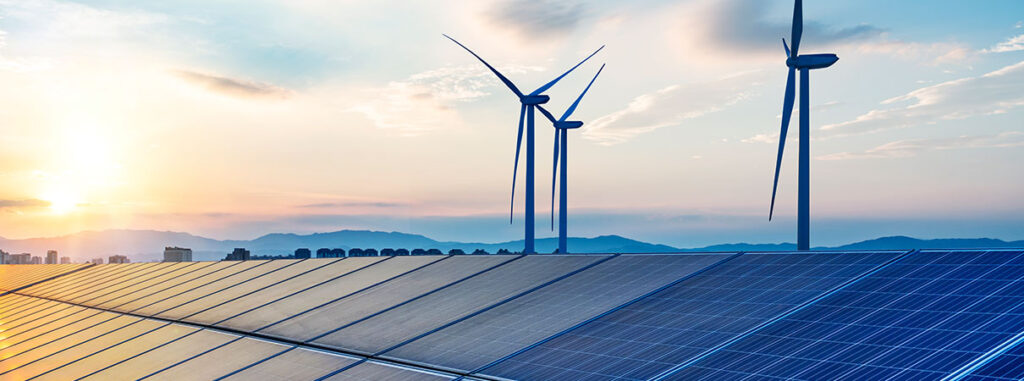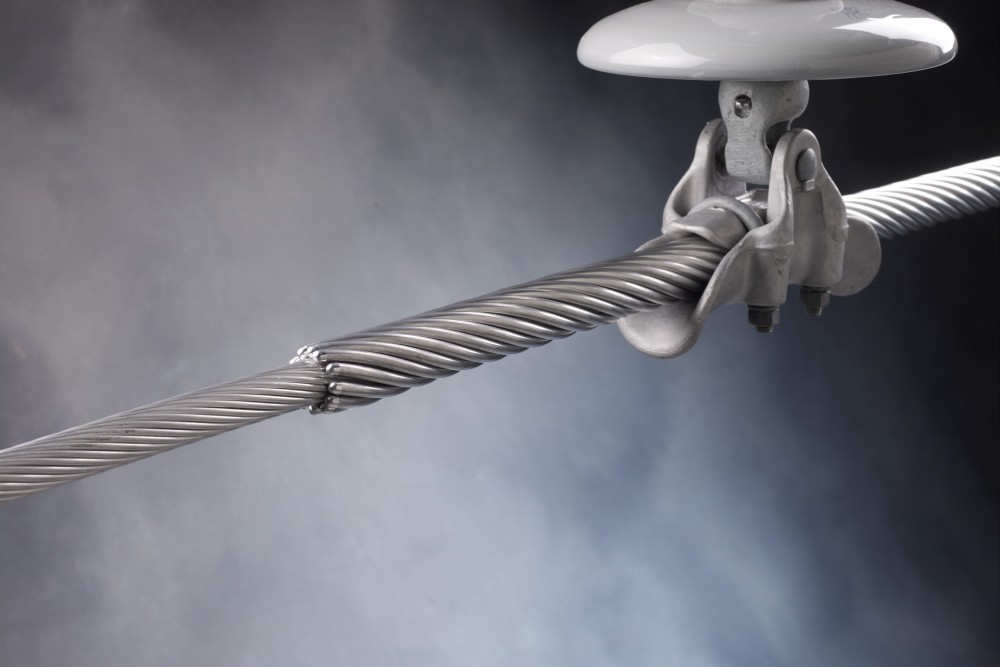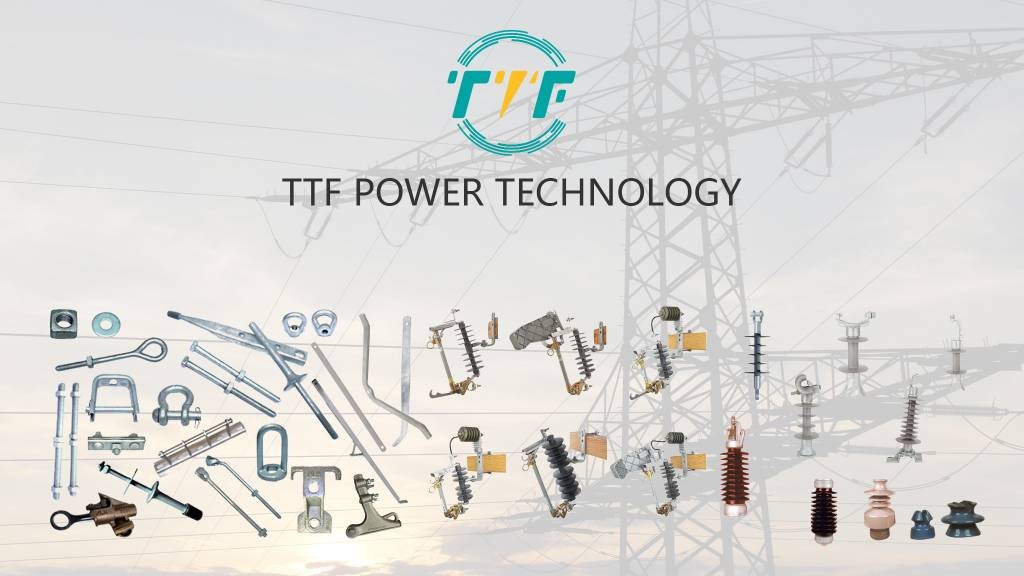
As we shift to clean energy sources, 2025 is shaping up to be a watershed moment for the power sector. South America’s energy sector is undergoing much transitions as a result of technology improvements, governmental changes, and the quest for sustainability. The region has made strides in renewables, smart grids, and storage technologies. The push for decarbonization, decentralization, and digitalization is fueling investment and innovation. South America offers plenty of renewable energy sources that could help to increase clean energy output. For example, developments in solar PV technology and energy storage are making solar more feasible. This is especially true in nations like Brazil, Chile, and Argentina. There is also a rise in wind and hydroelectric generation. Furthermore, South American governments offer incentives for EV adoption in Argentina, Colombia, and Chile. Armor rods protect and maintain power transmission infrastructure.
An armor rod is a helical-shaped protection device used in power transmission and distribution lines to strengthen and protect conductors from mechanical stress. It is constructed of aluminum, steel, or other robust materials. The materials resist abrasion, lengthen the life of conductors, and improve the reliability of high-voltage power transmission systems. Power systems in Brazil, Chile, and Argentina must deal with greater swings caused by wind and solar energy installations. Armor rods safeguard high-voltage transmission cables from mechanical wear caused by dynamic loading situations. The rods also help to reduce conductor fatigue and increase the service life of the large transmission networks. This is consistent with initiatives in South America to improve grid efficiency and lower operational costs.
The contribution of armor rods in power technology developments in energy transition.
Armor rods reinforce and protect conductors from mechanical stress, wear, and environmental damage. Armor rods help to ensure the reliability and lifespan of power transmission and distribution systems. South America is modernizing its energy infrastructure to ease renewable energy integration and grid resilience. The usage of an armor rod increases the longevity, dependability, and efficiency of electricity lines in the area. The many functions of armor rods in South American power technology trends are as discussed in the following sections.

- Grid resilience – energy transition involves integrating large amounts of variable renewable energy from solar and wind farms. Armor rods reinforce conductors at suspension points and deadends to prevent damage. They extend the lifespan and reduce maintenance costs and downtime.
- Grid expansion and modernization—this includes connecting renewable energy projects to improve electricity access. Armor rods help ensure the lines can withstand environmental stresses. This is to improve reliability and reduce the need for frequent repairs.
- Renewable energy integration—renewable energy integration needs upgraded grids to handle increased loads and variable power flows. Armor rods strengthen existing conductors and enable them to carry higher loads.
- Adapting to environmental challenges—armor rods help protect conductors from extreme temperature fluctuations and mechanical stress caused by wind and ice. They also provide resistance to corrosion caused by saltwater exposure.
- Decentralized energy systems—the region is increasingly adopting microgrids and distributed generation. Armor rods help ensure the reliability of local distribution networks.
Power technology developments are impacting South America’s energy transition.
South America is making progress in its energy transition by implementing a variety of strategies and measures. The region is leveraging its abundant natural resources, technological breakthroughs, and governmental frameworks. The goal is to move to a more sustainable, resilient, and inclusive energy system. Advanced power technologies will define South America’s energy future, making it cleaner, more robust, and inclusive. Here are the technologies driving South America’s energy shift.

- Renewable energy growth—renewable energy will dominate South America’s energy transition with solar, wind, and hydropower leading the way. Countries like Chile, Brazil, Argentina, and Uruguay are producing massive energy from sources. These sources include wind, solar, and hydropower.
- Energy storage systems—this technology will help address the intermittency and grid stability challenges. This is through technologies such as battery storage, pumped hydro storage, and green hydrogen storage.
- Grid modernization—modernizing the grid will be crucial to handle the increasing share of renewables and improve energy efficiency. These technologies include smart grid technologies, digitalization, and cross-border interconnections.
- Decentralization and distributed energy resources—the shift toward decentralized energy systems will speed up with falling costs of solar panels and smart technologies.
- Transport electrification—Chile and Colombia will lead in electric bus fleets, while Brazil and Argentina might see growth in electric cars. This will also increase investments in EV charging networks.